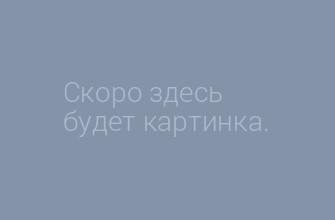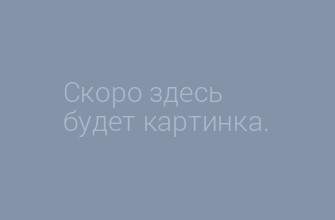On 02 February 2017 in the French Institute (Institut Francais de la Russie) was opened a wonderful exhibition of the Lithuanian photograph Antanas Sutkus (b. 1939), dedicated to the visit of the French writer and philosopher-existentialist Jean-Paul Sartre and his girlfriend-writer Simone de Beauvoir in the USSR in 1965. The exhibition is held with the support of the embassies of Lithuanian and the French Republics.
Brief-time photos show us a French couple in an already advanced age, Sartre was 60 y.o., de Beauvoir – 57 y.o. Their faces expressed their thoughts and feelings, and loneliness. Heroes on the photos remain natural appearance. There is no strained or staged portrait features. There is no formality – however, the image quality, the thoughtful composition create quite a portrait sense.
The pictures cover the entire timeline of the trip: from arrival of guests, invited by the Union of Soviet writers, through their communication with Lithuanian Soviet writers
In his opening speech the Ambassador of France Mr. Jean-Maurice Ripert drew attention to its aesthetic value of photos and to the fact that in this period of time J.-P. Sartre, the former “companion of Communist ideas”, begins to feel disappointment. The image of the desert passing through the photo in the dunes emphasizes the situation of the writer.

Lithuanian Ambassador in Moscow, Mr. Remigijus Motuzas kindly told to readers of the cultural-political magazine “E-Vesti” about the artist.
«First and foremost, our dream was to place the exhibition connecting two cultures in the French Institute. It is also important that it takes place in Moscow, which the writer often visited. Our famous photographer Antanas Sutkus started his career in the Soviet era and is now famous throughout the world. Almost every week in any country of the world his exhibition is held.
In October of last year, we organized the Days of Lithuanian culture in Nizhny Novgorod, and one part of the cultural program was the exhibition of Antanas Sutkus. I confess that I was skeptical about this, because the photos captured the realities of Soviet times, with its poverty, pioneers, etc., but it arose very much interest, because people realize the height of the art of photography. And now in one of the buildings of our Embassy an exhibition of Antanas Sutkus is also held.
In Soviet times there was such a term in the art of photography, as “Lithuanian school”. It is distinguished by the fact that it was realistic, natural. In Lithuanian photography there is a rule that nothing can be retouched and changed. If you change or cut anything, so you’re not a photographer. Antanas Sutkus became the founder of the style of images of ordinary people, captured in their daily life.
He noted that Sartre didn’t like to be photographed and had recognized only his personal French photographer. So the writer was not aware that they are being photographed, record of his movements until the last evening. The interesting thing is that these photos Sartre widely used in France then, they are used now when celebrating anniversaries (century, for example) and in monuments (at National library of Paris, for example). And still textbooks in French school in charters about Sartre are just photos of A. Sutkus.
Of course, this is an example of multiculturalism, of integration, but it shows that culture can never disappear. In the former Soviet Union the culture was unified, and it seemed that national cultures are lost. But, over time, this unification severed ties between peoples, each of the people went its own way. This means that things we created in art, politics or other spheres of a century can bring people together or divide them in future.”
We also believe that it is important to show the true art of other Nations, which in 50 or 100 years from now will watch the children, for keeping the spirit of bygone eras and cultures that created them. Exhibition of Antanas Sutkus, of course, is one of these events, that explain to the viewer what is the “Lithuanian school” in photography.





